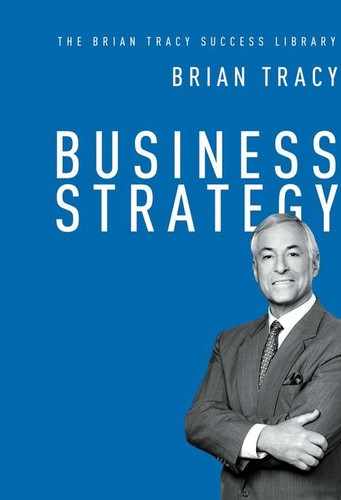Adjacency Moves
The best strategy is to focus on what you do well, and to concentrate on just a few core businesses based on core capabilities. To grow your company, you will need to expand beyond the core business. Many companies fall into the trap of expanding into businesses that are too far away from their core activities. They don’t have the experience, the capabilities, or the brand name to succeed.
In Beyond the Core, his follow-up book to Profit from the Core, Chris Zook explains that companies need to grow by moving into adjacency areas—areas that build on the capabilities of the core business.
Three Truths
Walmart opened up the Sam’s Club large-volume discount stores. American Airlines developed the Sabre automated flight reservation system. Nike moved from shoes to sportswear. Enterprise Rent-A-Car’s expansion was from leasing cars to renting cars to dealerships. All are examples of adjacency moves that built on core businesses.
Not all adjacency moves are successful. While Walmart expanded beyond its traditional stores, Kmart’s adjacency expansions into retail stores for books and for sporting goods were failures.
According to Zook, adjacency strategies will be successful if they follow three truths:
1. They are built on the strongest cores of the companies.
2. They have a repeatable characteristic.
3. They involve the strong customers.
A repeatable formula is one of the most powerful elements of the adjacency strategy. Nike moved into one sport, then another, then another, always following the same pattern. The repeatable formula in most cases is built on insights into customers that can be applied to different products or customer segments. These insights include understanding and evaluating the cost and profit economics of customers, purchasing related to life cycle events, and share-of-wallet opportunities. Share-of-wallet strategies can be particularly successful. If customers are buying this one product from your company, why wouldn’t they buy this very related second product from you?
As you are bringing your customers into adjacency areas, it’s important that those areas represent a significant profit pool, Zook says. In other words, there is a great potential for profit. When IBM moved from product-orientation to services with the creation of IBM Global Services, it realized that as compared with hardware sales, information technology services represented a greater chance for high profits. Where are your untapped profit pools? Are they closely related to what you do well in your core business?
Be careful about blundering into what looks like an attractive profit pool in which you have little chance of success. Before moving ahead, ask yourself these questions:
![]() Are you mistaking a large market for a large profit pool?
Are you mistaking a large market for a large profit pool?
![]() Is the profit pool controlled by a powerful incumbent? Are you underestimating the strength of this market leader?
Is the profit pool controlled by a powerful incumbent? Are you underestimating the strength of this market leader?
![]() Do you understand the root cause of market power in that profit pool?
Do you understand the root cause of market power in that profit pool?
![]() Are you underestimating how competition in the profit pool might shift in the future?
Are you underestimating how competition in the profit pool might shift in the future?
Speed is important, but haste is going to make waste. Do your homework. Don’t make unsupported assumptions. Don’t underestimate the hurdles.
